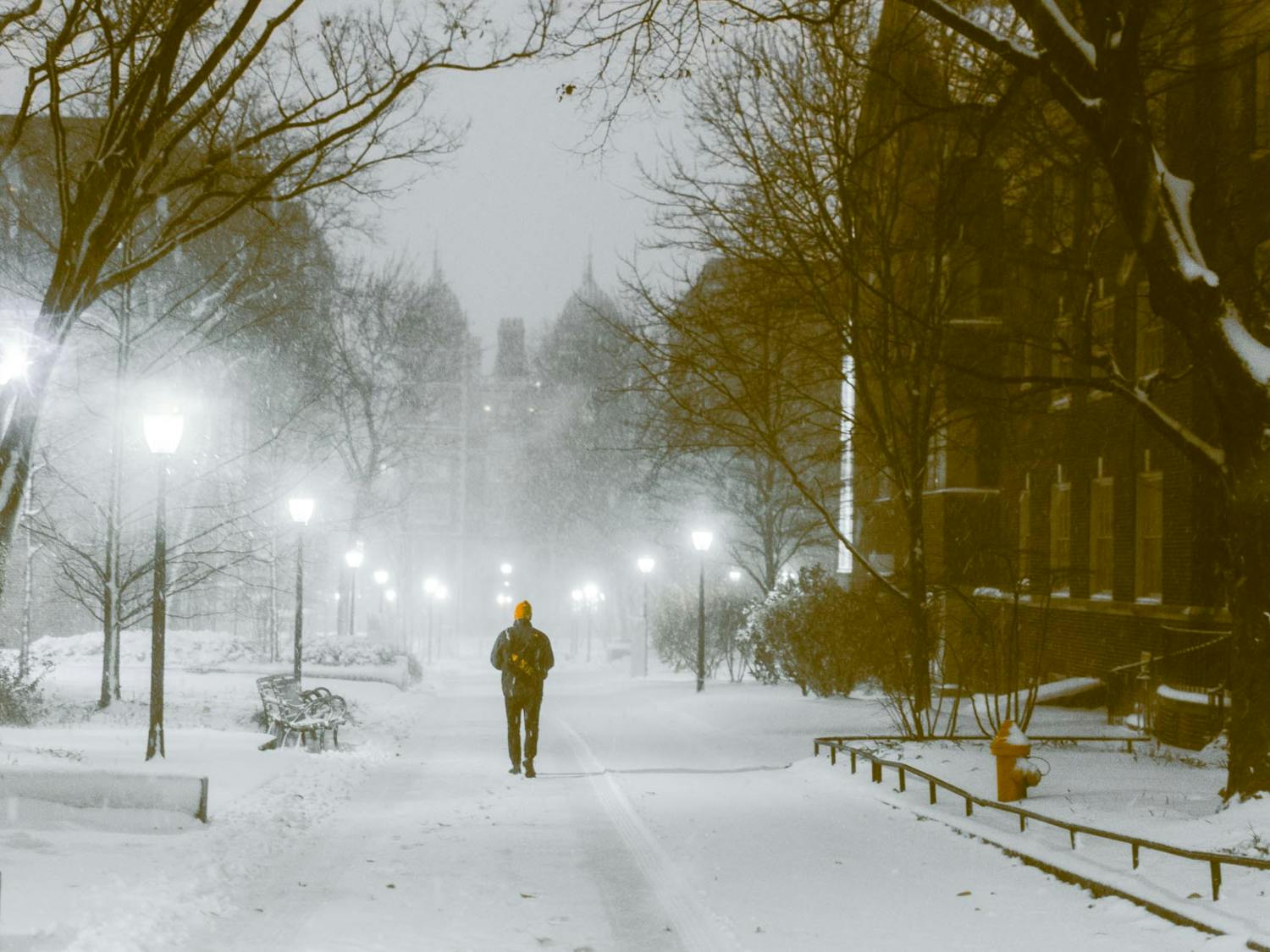Uber and Lyft have claimed that recent surges in prices in Philadelphia and across the country are a pandemic anomaly. Supposedly, there is a lack of drivers, and as the COVID-19 restrictions finally ease up, drivers will return, prices will bounce back to their normal, affordable prices, and they will stay that way. However, this is blatantly false, and all part of these ridesharing companies’ carefully curated plans to make a profit — at the expense of the American people.
At the moment, Uber and Lyft do not turn a profit. This is intentionally done by setting prices lower and overpaying drivers (yet still not paying them enough to cover the costs of driving). The cheaper prices and attractive wages have lured riders and drivers alike away from taxi companies, driving them out of business. It also allows Uber and Lyft to outcompete public transportation with more convenience at comparable rates.
Earlier this week, members of the Philadelphia Drivers Union argued in The Philadelphia Inquirer that Uber is trying to be (if it isn't already) a monopoly. This explains why they can sustain such losses; as a monopoly, they can finally maximize profits and allow their shareholders to reap the rewards they have long been waiting for. They can accomplish this by putting taxi companies out of business and taking advantage of the lack of existing public transportation in most cities.
This has been made doubly evident by their anticompetitive behavior, driving any potential competitors out of business and sabotaging each other by poaching drivers. With this grip on the market, they will be able to raise their prices exponentially and with no other feasible options, riders will have to continue using Uber and Lyft.
Using anticompetitive behavior to create a monopoly and then gouging prices is a tried and true method. For example, Apple gained a large enough share of the personal device market, making it incredibly difficult to switch away from Apple products, which has led to price gouging in recent years. More recently, the exploitation of consumers with few options was exemplified by the price gouging of hand sanitizer early in the pandemic. Uber and Lyft are similarly attempting to hike prices on a service that many people cannot do without.
The reason Uber and Lyft state their prices have gone up recently is due to a lack of supply of drivers. Although the pandemic lessened demand for Uber and Lyft rides and diminished their workforces (which certainly had an impact on the price surges), returning to normal as the pandemic eases up has not been so easy. Uber and Lyft are having to offer bonuses to get drivers to return. Despite probably being warranted, the cost of these new incentives will inevitably keep prices high.
Yet, Uber and Lyft’s recent lobbying for the passage of Proposition 22 in California, a bill that made gig drivers contractors instead of employees, allowed rideshare apps to avoid contributing to benefits such as a minimum wage, overtime, paid sick leave, and medical and unemployment insurance the way a normal employer would. Thus, the current proposed benefits and bonuses are likely temporary acts to lure drivers and will disappear once Uber and Lyft replenish their driver shortage, just like they have in the past.
Uber and Lyft compare the price surges during the pandemic to a simple supply and demand problem. However, with their monopolization of this industry, it is much more complicated than that. As these companies expect their supply of drivers to increase, prices might go down slightly, but with no real alternatives for riders, Uber and Lyft have little incentive to drive their prices back down.
SEE MORE FROM MATTHEW LIU:
At the end of the day, Uber and Lyft’s plans are clear. They are not here to provide an affordable service to everyday Americans; they are promising monopolization to their investors. They will do this by any means necessary, and that includes price gouging, wage slashing, and benefit cutting.
So the next time you need to go to the airport or to Center City, don’t jump to your phone. Try to find another way to get around the city. Philadelphia’s subway system is quite robust and reaches most important areas in the city, and Philadelphia is also one of the most walkable cities in the United States — and both options are more affordable and environmentally friendly than ridesharing.
MATTHEW LIU is a College rising junior from Allentown, PA studying biochemistry, chemistry, and neurobiology. His email is liumatt@sas.upenn.edu.









